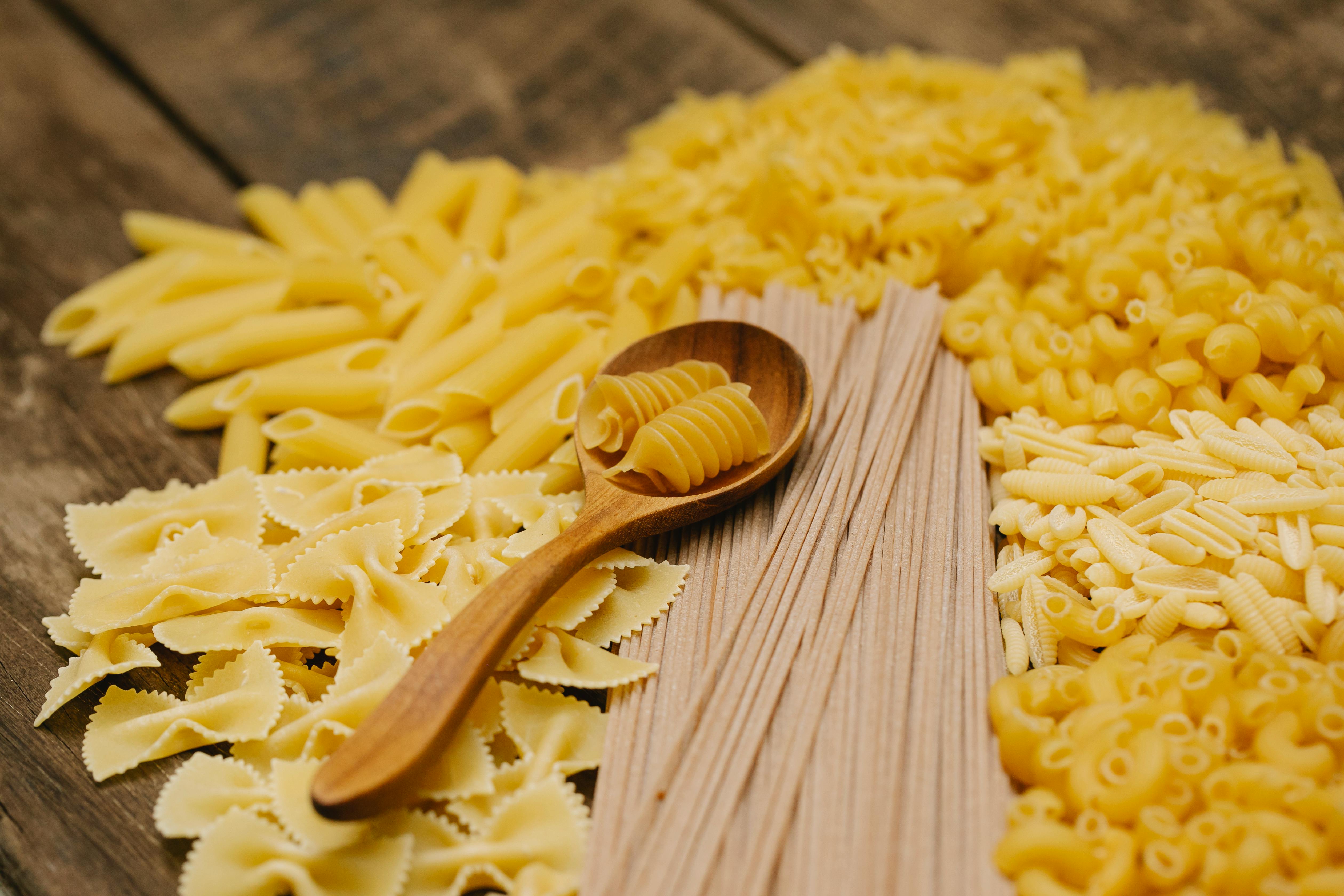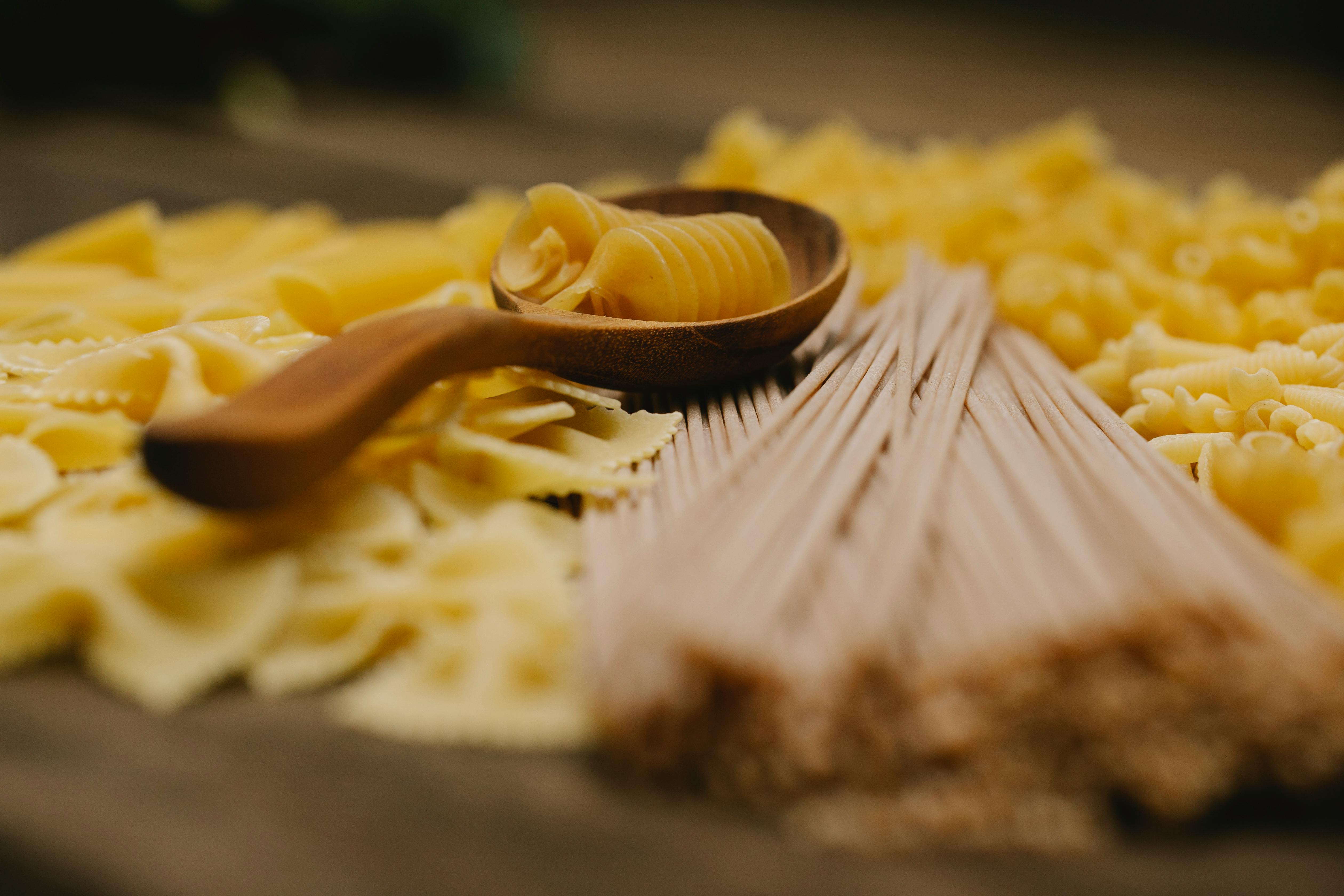Wheat beer is a type of beer brewed with a large proportion of wheat relative to the amount of malted barley. Wheat beers often have a cloudy appearance, and have a variety of flavor profiles depending on the type. Some common types of wheat beer include Weissbier, Witbier, and Lambic.
Weissbier is a German wheat beer that is traditionally made with at least 50% malted wheat and up to 70%. It has a strong malt accent with notes of clove, banana and bubblegum. Weissbier is usually top-fermented and can be served either cloudy or filtered.
Witbier, also known as Belgian white ale, is a style of unfiltered wheat beer originating in Belgium. It has a light body and is brewed with both unmalted and malted wheat, as well as oats and other spices such as coriander seed or orange peel. Witbiers are typically lower in alcohol than other styles of beer.
Lambic beers are sour Belgian wheat beers that have been spontaneously fermented using wild yeast from the region. They are usually brewed using unmalted wheat and aged for several years in wooden barrels or bottles before being served. Lambics have complex flavors that range from sweet to sour to fruity.Wheat beer is a type of beer made with wheat, as a grain ingredient instead of barley or other grains. Wheat beers come in two distinct styles – the German Weizen and the Belgian Witbier. Both styles are light, fruity, and highly carbonated, but they differ in flavor profile, yeast character, and color.
German Weizen: The German Weizen is a light-bodied beer brewed with at least 50% wheat and pale malts. It has aromas of banana, clove, and sometimes bubblegum due to the particular strain of yeast used in its production. Its color varies from pale to medium gold with a thick white head that lasts for some time.
Belgian Witbier: The Belgian Witbier is a wheat-based style that is made with spices such as coriander and orange peel for additional flavor. It has a hazy yellow-orange color and is often served with a slice of orange on the side. Its aroma is slightly spicy with hints of citrus fruit, while its flavor profile is more tart than sweet.
Both styles of wheat beer have distinct flavor profiles that make them unique in the world of craft beers. They are refreshing and easy to drink beers that can be enjoyed year round. Whether you prefer the clovey-banana character of the German Weizen or the tart spiciness of the Belgian Witbier, there’s sure to be a wheat beer that you’ll enjoy!
Contents
Weizenbier
Weizenbier, also known as wheat beer, is a type of beer brewed with a large proportion of wheat relative to the amount of malted barley. It is usually top-fermented, which gives it a distinct yeasty flavor and aroma. Weizenbier is usually unfiltered and can range in color from pale yellow to dark amber. It is typically served in tall glasses that narrow at the top, allowing its aroma to be fully appreciated. Weizenbier has a low to moderate alcohol content, usually around 4–5% ABV.
Weizenbier is noted for its cloudy appearance which results from the proteins and yeast still present in suspension. This cloudy appearance gives it a distinct look that sets it apart from other beers. Weizenbier also has a unique flavor profile due to the presence of phenols that are produced during fermentation. These phenols can contribute flavors such as clove, nutmeg and banana which are often associated with this style of beer.
Weizenbier has been brewed for centuries in Germany and other parts of Europe, but its popularity has since spread around the world thanks to an increase in craft brewing. Today you can find Weizenbiers from many different breweries, each with their own unique take on the style. From light summery wheat beers to darker wintery bocks, there’s something for everyone when it comes to Weizenbier!
Weisse Bier Brewing Process
Weisse Bier is a type of German wheat beer. It is brewed using a traditional process that involves the use of malted barley, wheat, hops and yeast. The malt is milled and then combined with hot water in the mash tun. This process activates enzymes that convert the starches in the grain into sugars. The resulting liquid, known as wort, is then boiled with hops to add bitterness and aroma. After cooling, the wort is transferred to the fermenter where yeast is added to begin fermentation. The yeast consumes the sugars in the wort, producing alcohol and carbon dioxide as byproducts. Once fermentation is complete, the beer can be packaged for distribution or aged for additional flavor development.
The traditional process for brewing Weisse Bier begins with a special preparation of wheat malt called “weizenmalz” which gives this beer its distinctive flavor and aroma characteristics. Weizenmalz contains higher levels of proteins than other malts, providing body and head retention while also giving the beer its characteristic cloudiness due to suspended proteins in suspension. Hops are added during boiling to balance out the sweetness from the malt while adding bitterness and aroma. After cooling, yeast is added which consumes sugars from the wort and produces alcohol and carbon dioxide as byproducts.
Finally, Weisse Bier can be either packaged immediately or aged for additional flavor development. Aging helps to mellow out any harsh flavors from hops or other ingredients while also allowing for further fermentation of any residual sugars in solution. Packaged beers are generally ready to drink but aging can help bring out more complex flavors from malts or special yeasts used during fermentation.
What is Berliner Weisse?
Berliner Weisse is a traditional German beer style, originating in the city of Berlin. It is a light-bodied, tart wheat beer with a pale golden hue and a sharp, sour flavor. It is one of the few surviving styles of beer that once flourished in Germany. The most traditional form of Berliner Weisse is brewed with equal parts of barley and wheat malt, giving it a unique flavor profile that has been likened to that of a tart lemonade. The sourness is derived from the addition of lactic acid bacteria, which gives the beer its signature tartness. It is often served with either raspberry or woodruff syrups to balance out the tartness and add sweetness. Berliner Weisse has become increasingly popular in recent years, with many craft breweries around the world producing their own versions of this classic style.
Berliner Weisse is an ideal choice for those looking for something lighter and more refreshing than other wheat beers or pale ales. Its low alcohol content makes it an easy-drinking session beer, while its tartness makes it an excellent match for food such as salads or spicy dishes. It also pairs well with fruity desserts such as apple pie or rhubarb crumble. Whether you’re looking for something to cool down on a hot summer day or for something to enjoy alongside some light snacks, Berliner Weisse could be just the thing!
Berliner Weisse Brewing Process
Berliner Weisse is a light, tart wheat beer from Germany. The brewing process for this unique beer involves a combination of warm and cool fermentation as well as souring. First, the wort is boiled with hops for about an hour before being transferred to a fermenter. Then, the yeast is added and allowed to ferment at warm temperatures (around 68-72°F). After fermentation has taken place, the beer undergoes a process of souring. This is done by introducing lactic acid bacteria (such as Lactobacillus and Pediococcus) into the beer. The beer then ferments at cooler temperatures (around 55-60°F) for an extended period of time to allow the bacteria to produce lactic acid. Finally, the beer is bottled or kegged and carbonated prior to serving.
Berliner Weisse is a refreshingly tart wheat beer that has become popular in recent years due to its unique flavor profile. The combination of warm fermentation, souring, and extended cold conditioning gives this German wheat beer its distinct character that sets it apart from other beers.

Witbier
Witbier, or white beer, is a Belgian style beer brewed with a combination of malted barley, wheat and unmalted wheat grains. It is typically made with a combination of aromatic spices such as coriander, orange rind and other citrus ingredients. The name “witbier” comes from the Dutch word for white beer. Witbiers have a pale yellow color and are usually light in body and flavor. They are known for their slightly tart flavor and aroma. Witbiers are often served with a slice of orange to enhance the citrus character of the beer.
Witbiers can be enjoyed year-round but are most popular during the spring and summer months. They pair well with light foods such as salads and seafood dishes. Witbiers can also stand up to more flavorful dishes such as spicy curries or sausages. Some witbiers have fruit added during fermentation that contribute to their flavor profile. These fruited witbiers will often have flavors of peach, mango or other tropical fruits.
When it comes to brewing witbiers, brewers will often use a combination of two or more different yeast strains for fermentation. This allows for a complex array of flavors including clove, banana or bubblegum notes that put witbeer on its own level among other beer styles. Witbier is one of those styles that can be enjoyed by both beginner craft beer drinkers and experienced connoisseurs alike.
How is Witbier brewed?
Witbier is a Belgian-style wheat beer brewed with wheat malt, barley malt, and unmalted wheat. The beer is traditionally spiced with coriander and orange peel which gives it its distinct flavor and aroma. The brewing process for Witbier begins with mashing the grain in hot water to convert the starches into sugar. This sugar water is then boiled with hops to give the beer a bitterness and flavor. After boiling, the wort is cooled and yeast is added for fermentation. During fermentation, the yeast produces flavors such as clove, banana, bubblegum, and pepper which contribute to the overall flavor profile of Witbier. Once fermentation has completed, the beer is filtered and bottled or kegged for consumption.
Witbier’s light body makes it a refreshing summertime beer but can be enjoyed all year round. It has a light golden color and a slightly hazy appearance due to its high wheat content. Witbier’s unique flavor profile makes it an excellent food pairing option for many dishes including seafood, salads, spicy dishes, desserts or even just as an accompaniment to conversation on a hot summer day.
What is Gose?
Gose is a top-fermented beer originating from Goslar, Germany. It is brewed with at least 50% of the grain bill being malted wheat, and usually contains malted barley and hops as well. The beer is flavored by adding coriander and salt to the brew which gives it a unique flavor. Gose beers have a light yellow or pale gold color and a tart, sour taste. Gose beers have become increasingly popular in recent years, especially among craft brewers, who have experimented with different varieties of the beer and created their own versions of it.

Conclusion
Wheat beer is an incredibly versatile beer that can take on a variety of different flavors and styles. From Hefeweizen to Belgian Witbier, wheat beers offer something for everyone. Whether you prefer the spiciness of a traditional Belgian, the fruity notes of an American wheat ale, or the smoothness of a Berliner Weisse, there’s a wheat beer to suit all tastes. By understanding the brewing process and ingredients used in wheat beers, brewers can create unique and delicious beers that will please any palate.
Wheat beer is an increasingly popular style in craft brewing circles and it’s easy to see why – there’s a world of flavor and experience to explore within this style. With so many varieties available, it’s hard not to find something that you’ll love!
0 Comments